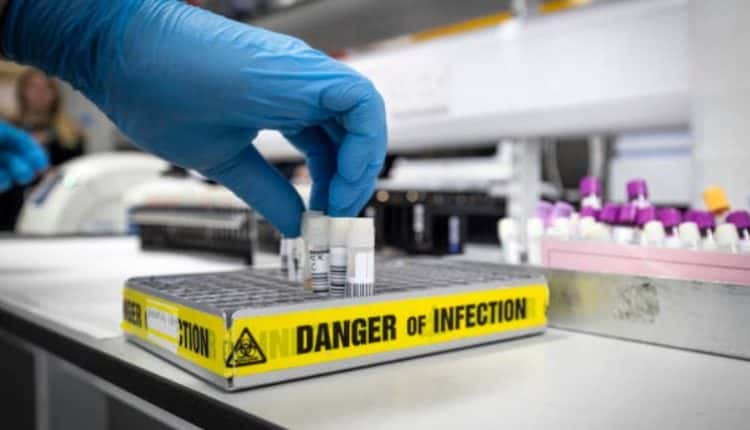
The Centers for Disease Control and Prevention (CDC) reports a significant surge in cases of the COVID-19 variant Omicron BA.2.86, commonly referred to as Pirola.
Within a mere two weeks, infections attributed to this variant have tripled, now accounting for between 5% and 15% of all cases in the United States. This has prompted the World Health Organization (WHO) to reclassify BA.2.86, along with its offshoots such as JN.1, as a “variant of interest.”
Omicron BA.2.86 Not Primary Driver of Increased Infections
Despite its rapid spread, the CDC reassures the public that Omicron BA.2.86 does not seem to be a primary driver of increased infections or hospitalizations in the United States.
In a recent report, the CDC emphasizes that the public health risk associated with this variant is considered low compared to other circulating variants. One noteworthy aspect is the evolving nature of the COVID-19 virus, leading to the emergence of new variants.
The CDC and WHO jointly assert that existing vaccines, particularly those approved by the FDA in September, are expected to enhance protection against Omicron BA.2.86, as they have for other variants.
Richard Reithinger, a distinguished research fellow in the Global Health Division at International Development Group in Washington, D.C., emphasizes the effectiveness of current vaccines in protecting against symptomatic infection, severe disease, hospitalization, and death.
Reithinger acknowledges the concern surrounding the 35 mutations in the spike protein of BA.2.86, which could potentially allow the variant to evade the immune response more effectively.
However, early clinical data does not support this hypothesis. The CDC notes that the symptoms caused by BA.2.86 are not distinctly different from those induced by other variants.
It underscores that the severity and type of symptoms are more dependent on an individual’s immunity than the specific variant causing the infection.
Read more: Winter COVID-19 Spike Threatens Holiday Plans
Ongoing COVID-19 Precautions

While the pandemic is officially declared over, the threat of COVID-19 persists. Reithinger suggests that, apart from vaccinations, high-risk groups should adopt risk-mitigating behaviors such as wearing masks, frequent handwashing, and avoiding crowded environments.
As the US enters the “COVID-19 season,” the increase in BA.2.86 cases is attributed to a combination of factors, including seasonal trends and a significant number of individuals developing immunity to non-BA.2.86 variants.
While Omicron BA.2.86 raises concerns due to its rapid spread and unique mutations, the current consensus among health authorities is that the risk remains relatively low, especially for those who are adequately vaccinated.
Ongoing vigilance, adherence to preventive measures, and continued research into the variant’s behavior are crucial in navigating the evolving landscape of the COVID-19 pandemic.
Read more: Additional Four Free COVID-19 Tests Allocated Per Household For Holiday Preparations

